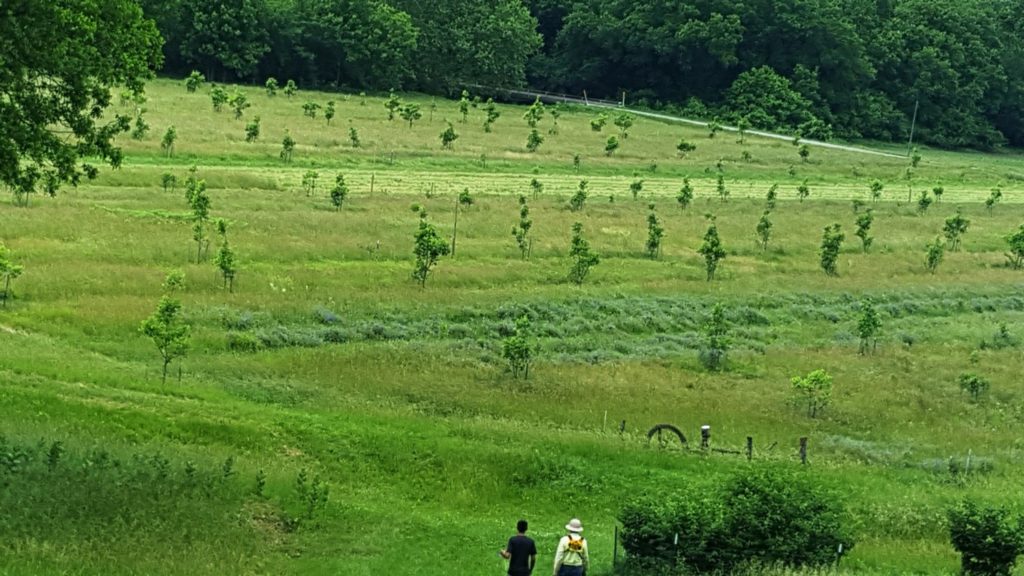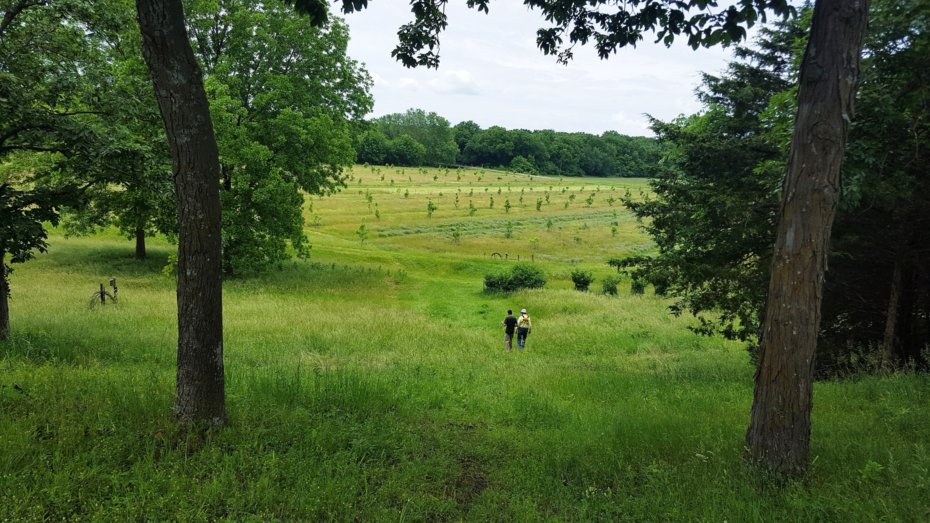This turtle must have been in a hurry,
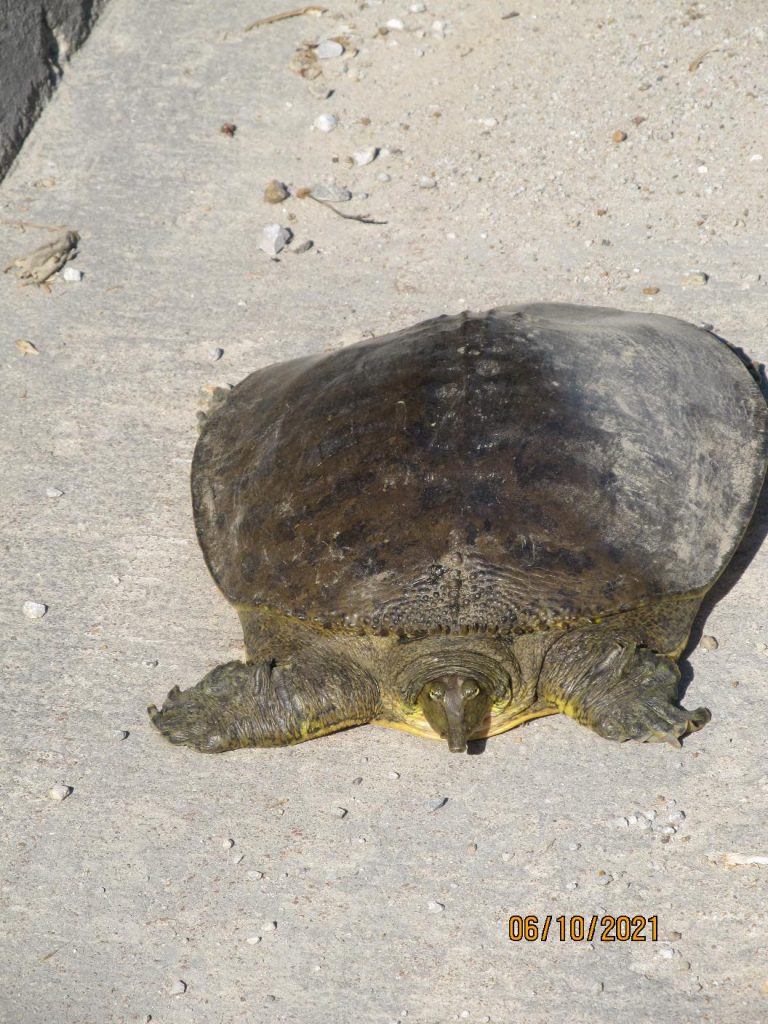
When it took the bridge across the river.
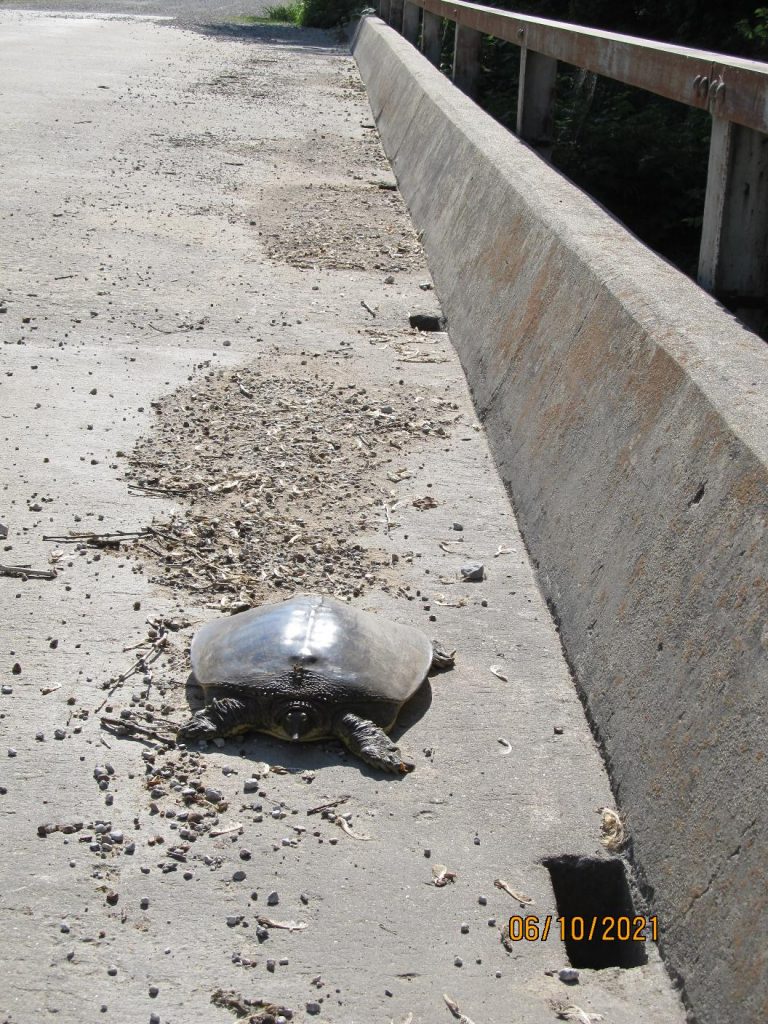
Here are some pictures taken in October and November.


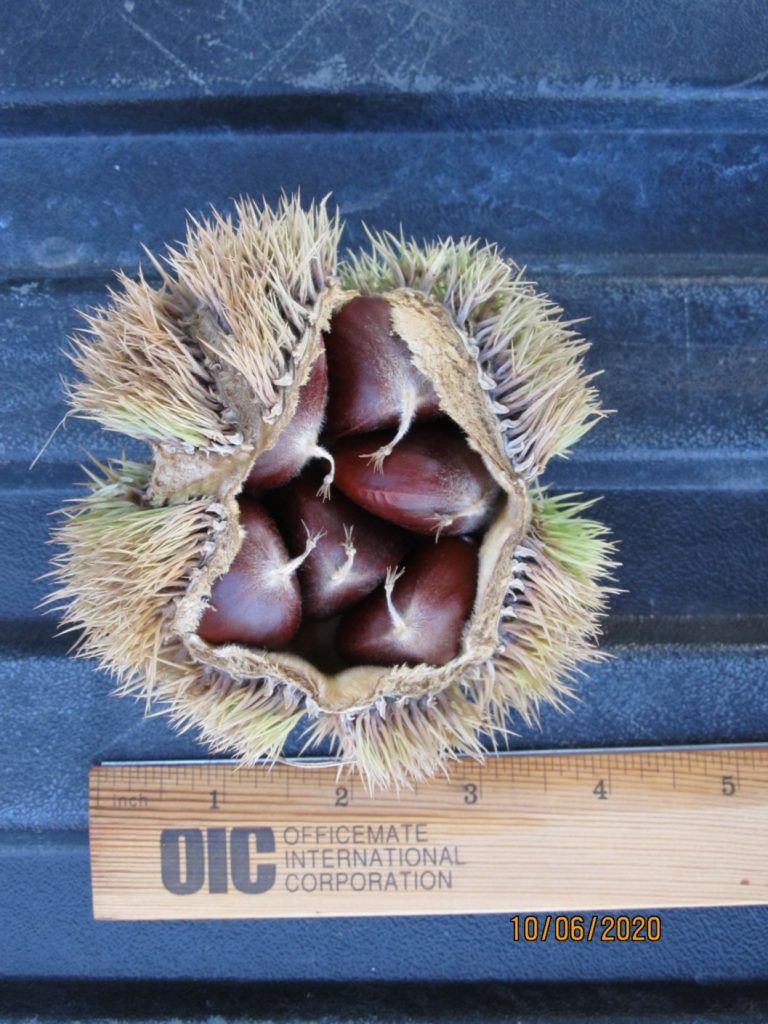
There are a few pecan trees on the farm that grew up before I got the property. Most of those trees do not appear to hold promise for nut production. But, one tree is somewhat isolated and near the creek. The pecans on it do not appear to have very much scab fungus which is the main problem with pecan trees in this area. So, I put up a stovepipe contraption around it to discourage squirrels from eating the nuts.


But, I only got to eat two nuts from the tree because the crows did the harvesting. The nuts are rather small diameter – the perfect size for the mouths of the crows.
After the frosts in the last half of April, 2020, the leaves of many trees showed damage as the following chestnut trees.

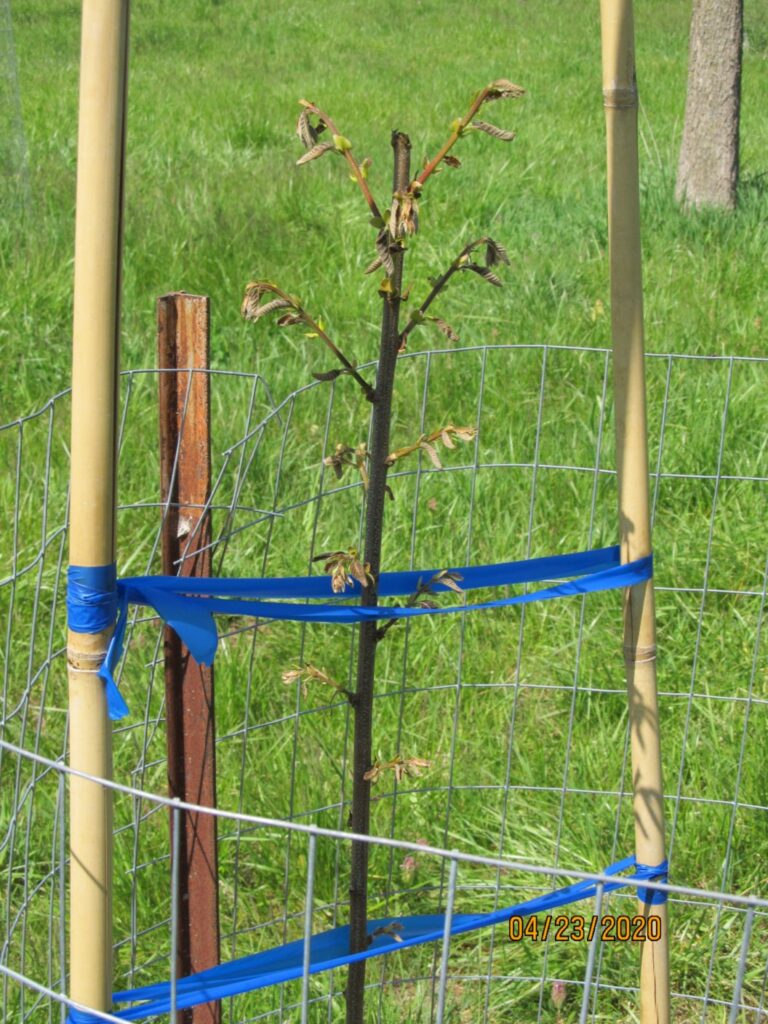
The leaves on the Carpathian walnut seedlings turned black after the frosty nights as in this photo.
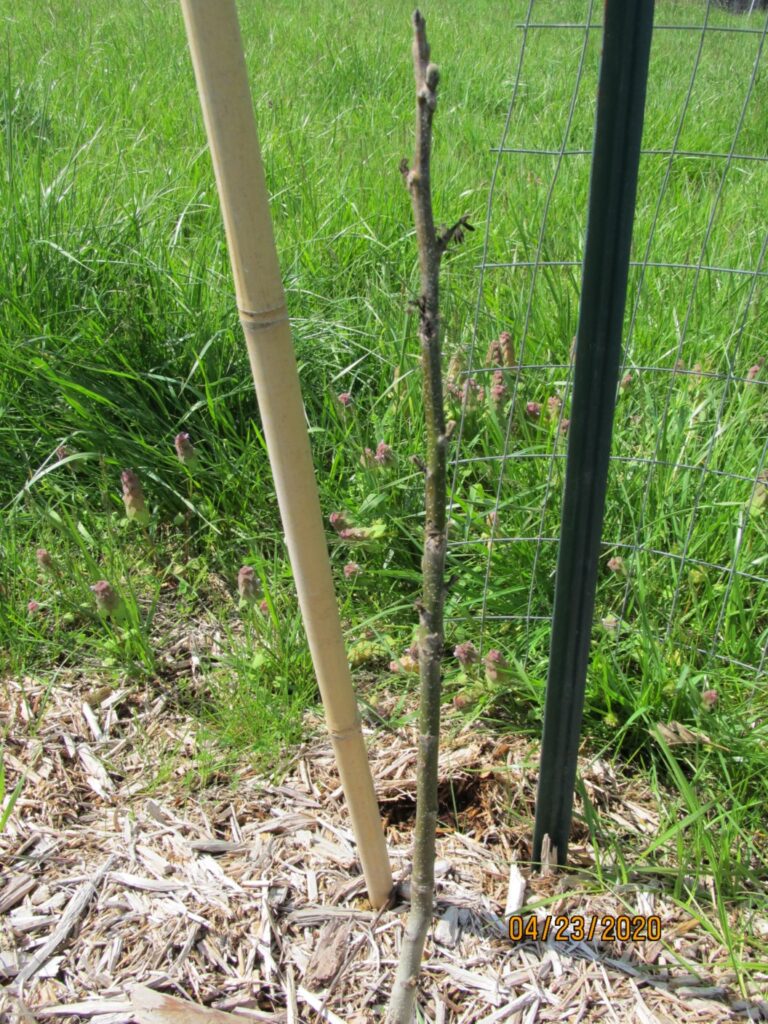
But this black walnut seedling has yet to wake up.
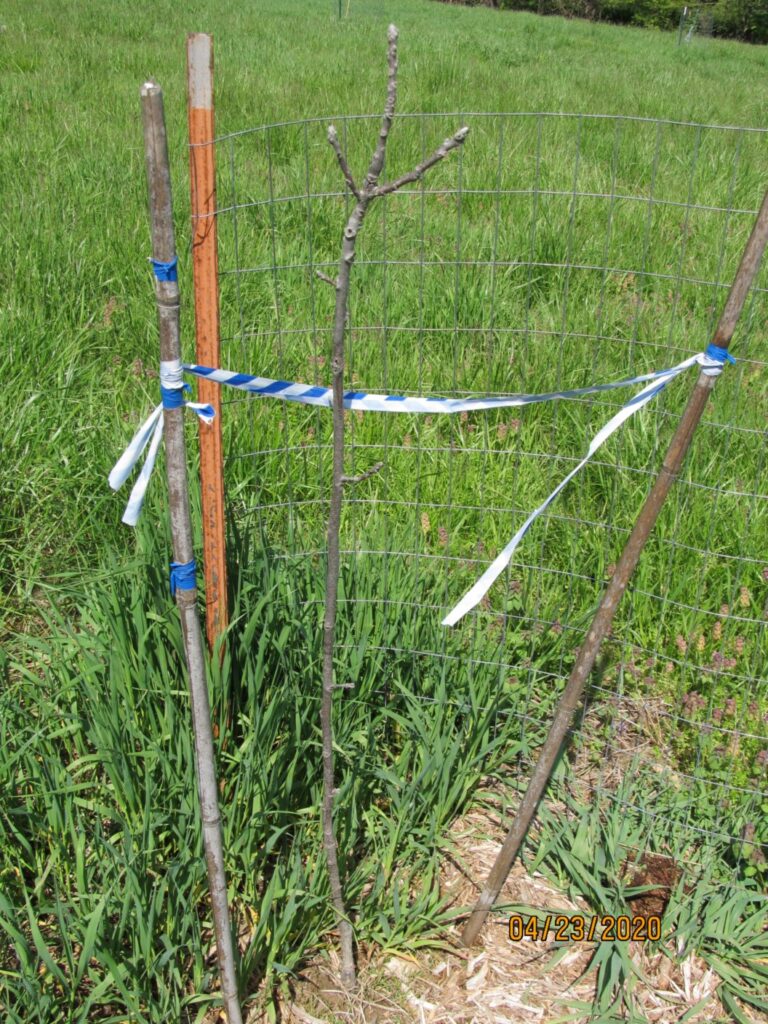
Spring time arrives with a variety of colors as in the following pictures.
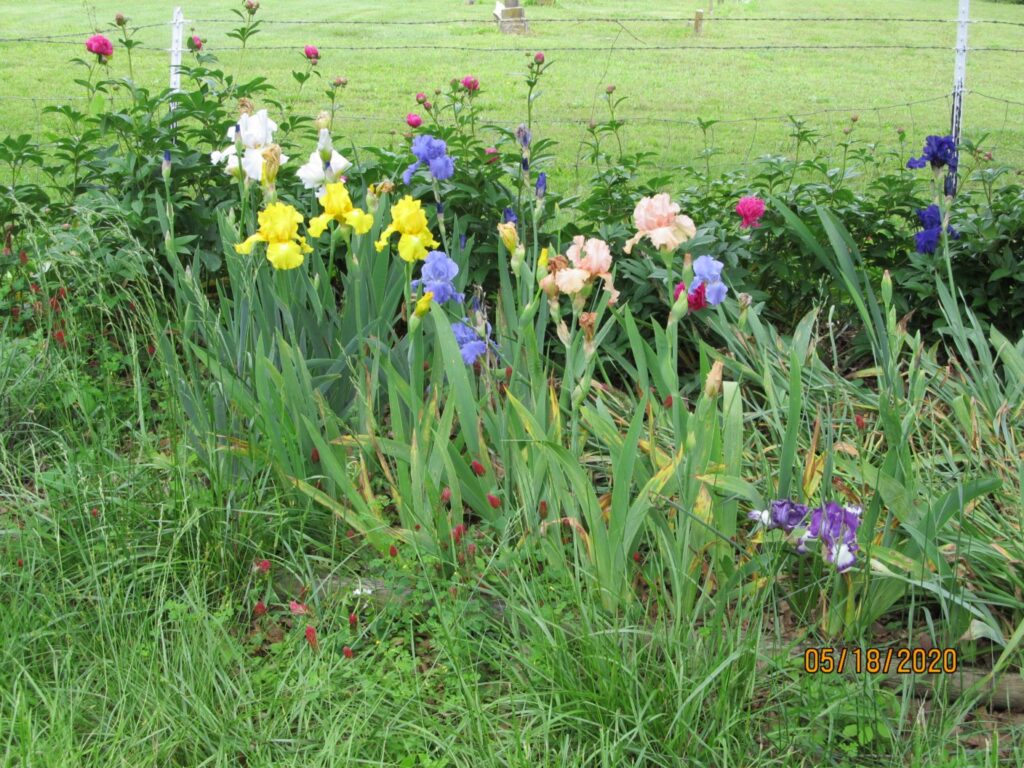


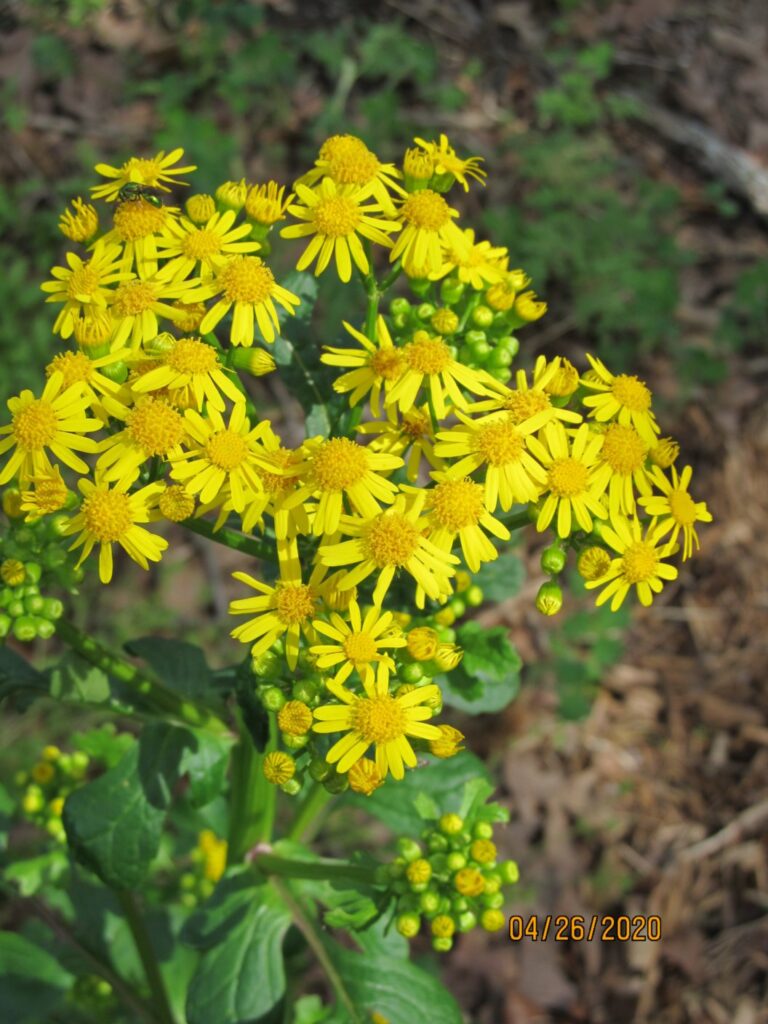
After a rather warm Winter during which the low temperature was seven degrees Fahrenheit the Easter flowers arrived in early February in 2020 which was one month earlier than in 2019.

In 2019 they arrived in early March
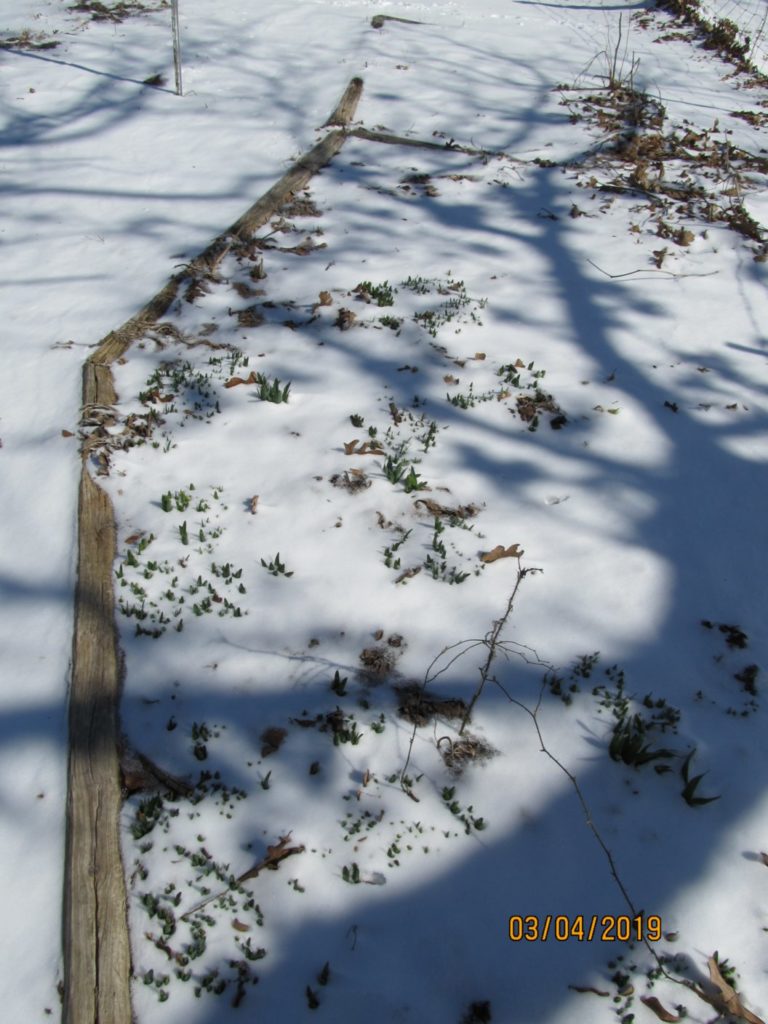
With all the rain this year the trees, weeds, and other plants seemed to produce two years growth in one. The rainfall measured on my farm was 52+ inches whereas a more normal year would be about 40 inches. At the end of April there was a flash flood that washed out some trees that were planted in the creek bottoms.
My grafting success this year was about 60% with 16 successful grafts out of 25 attempts. One of the failures was because I did not get the new shoot tied up soon enough before a bird broke it off.
During October and November I planted 44 trees and bushes into the fields as follows:
Experimenting with cover crops continued. The cereal rye planted after Thanksgiving last year(2018) sprouted and appeared in mid-Feb. The stand was rather thin because it was drilled at a rate of only 50 lbs/acre. A seven way mix including barley, oats, etc was drilled about April 20, 2019. It rained a few inches in April after sowing and then rained ten inches in May. Water did not run off but stayed in the field which had a lot of thatch on the surface to trap it. As a result none of the seeds came up! Another seed mix was drilled in late July/early August with variable results. The mix did not compete very will with the yellow foxtail weeds but did OK in areas which had been mowed down before seeding. The triticale that was drilled without tillage into the rolled down Summer cover thatch on November 8, 2019, sprouted and was visible by December 10. The cereal rye that was drilled without tillage into mowed down fescue from November 15 to November 20, 2019, sprouted and was visible by December 20.
In the Spring there must have been thousands of paw paw blooms in the wild trees along the creek bank. But, in the Fall there were only a few fruit – I only ate two.
My plans to introduce some animals to the farm did not happen because I still need to install some perimeter fencing.
Every year the deer try to destroy the fragrant sumac bushes by rubbing their antlers on them. But, the bushes revive in the Spring and the deer do their thing again in the Fall.

The following pictures show two bugs/caterpillars that were found on my pecan trees in July. This first bug/caterpillar has lots of fuzz.
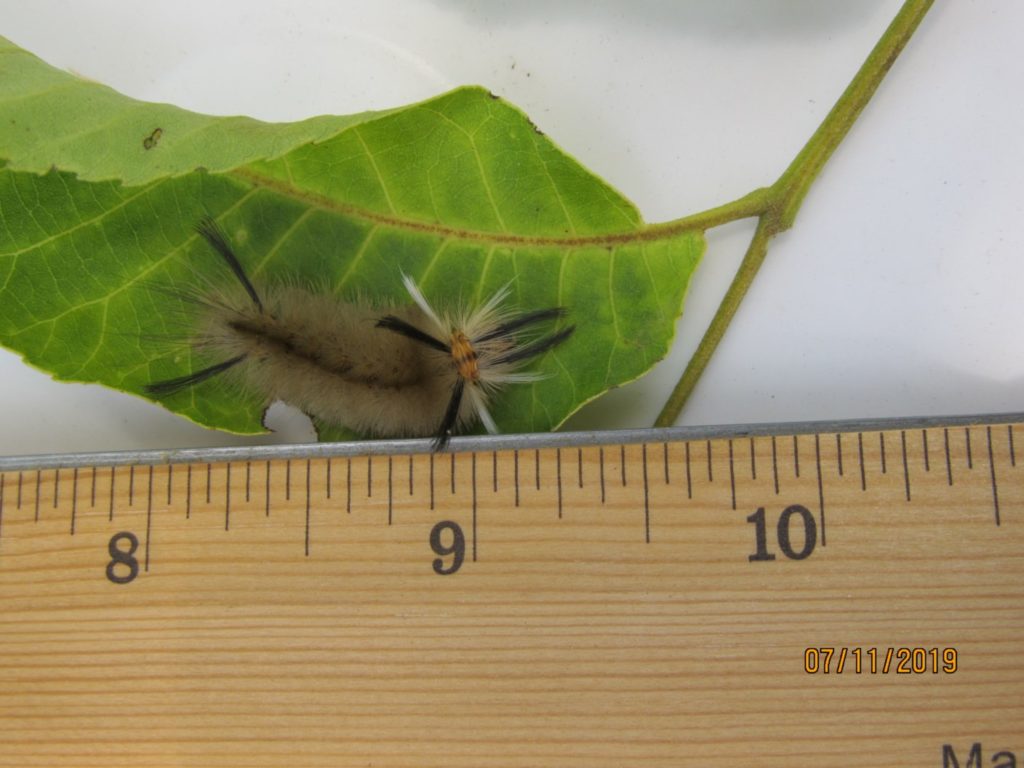
The second bug has a lot of colors as you can see in the following pictures. Here is the top/back of the bug.
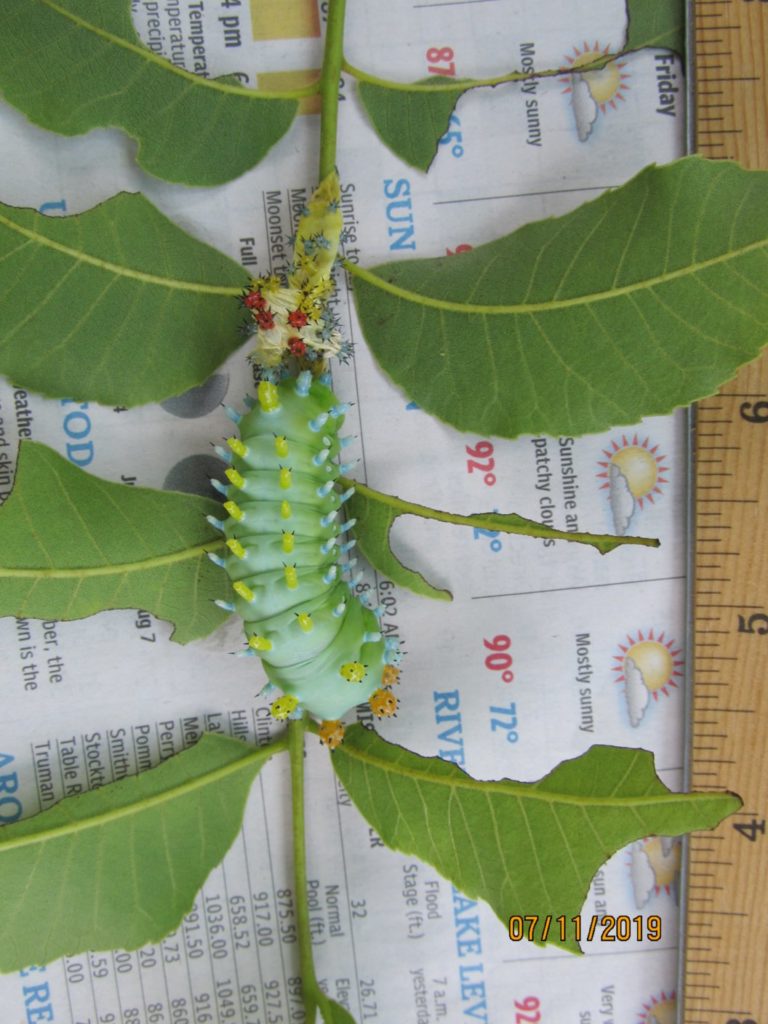
Here is the underside.
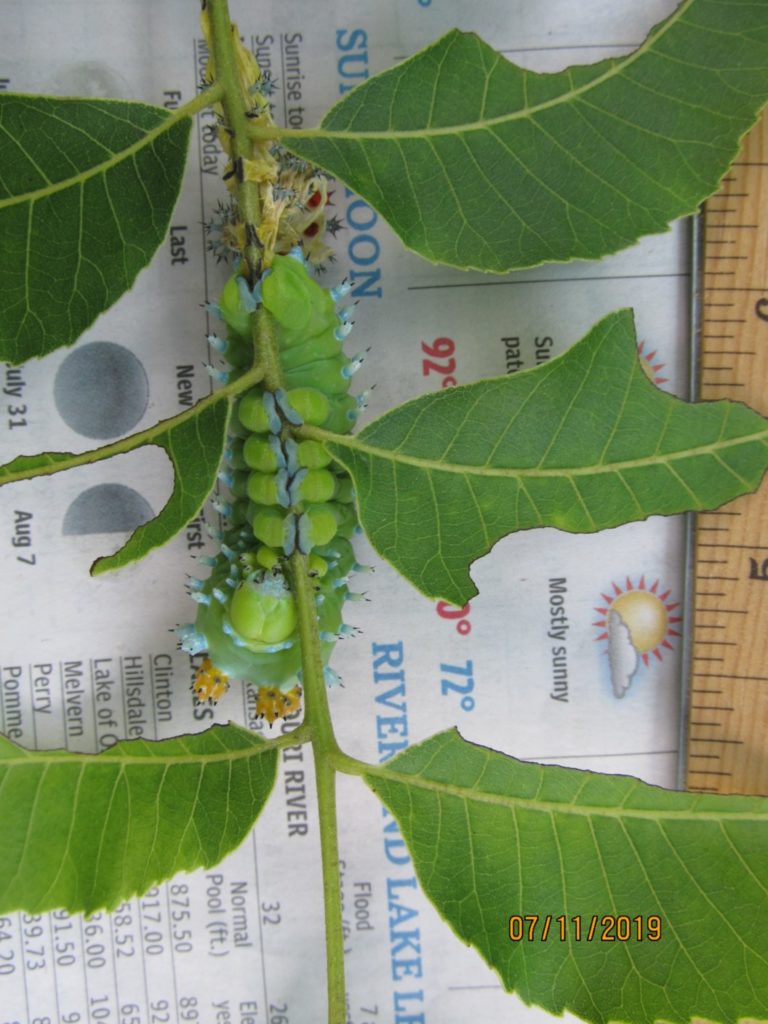
And, here is a side view.
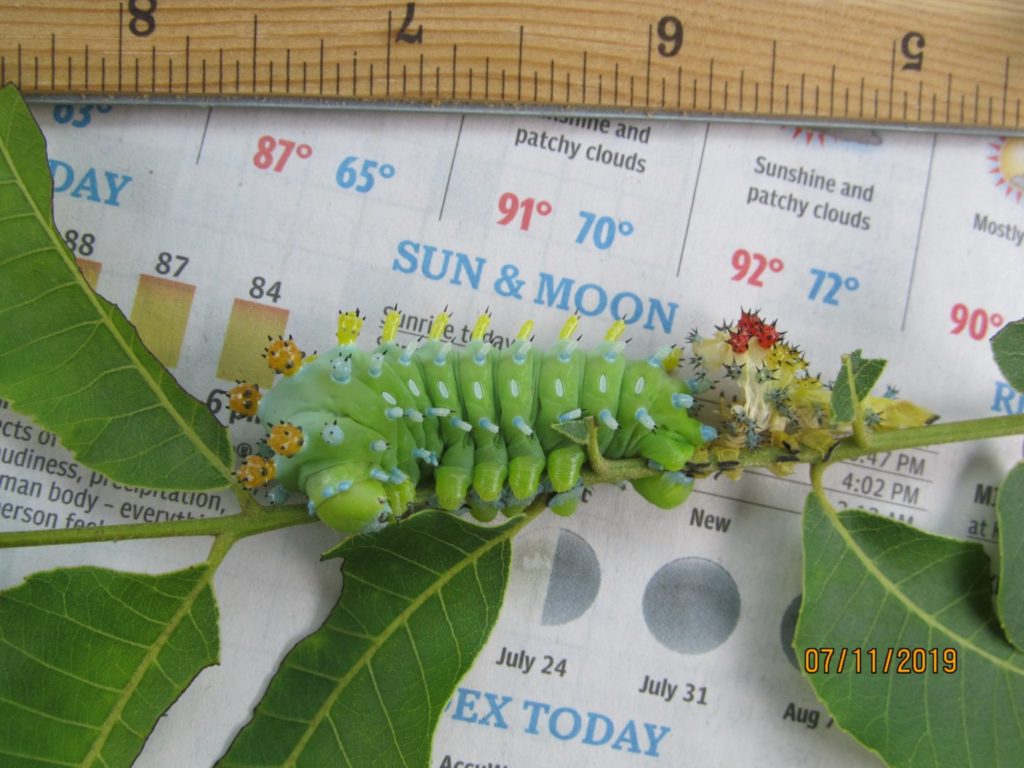
Here are a couple of beautiful pictures taken in June by a friend.
